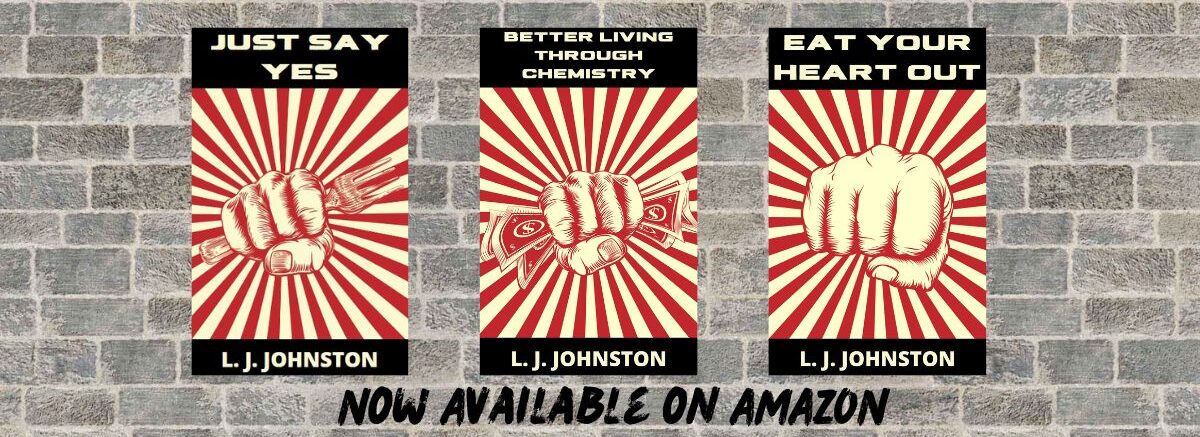Greetings and happy holidays to all! Last week, I did a macro analysis of the 1988 movie Scrooged, applying the 5 Commandments to the entire story arc. This time, I'm applying them to a single five minute scene: the Turning Point of the Ending Payoff.
In this scene, the Ebenezer Scrooge character known as Frank Cross is visited by the last of three ghosts who are attempting to show him the error of his selfish ways. One, in the form of an insolent cab driver, has shown him incidents from his own past that have shaped who he is today. A second ghost, an impudent and slightly deranged fairy, showed him situations from his present that he is unaware of, and that are the direct result of his thoughtless actions.
But this third ghost, yikes.
The Ghost of Christmas Future looms menacingly, garbed in a wardrobe from Grim Reapers R Us. Anguished souls are held captive beneath the folds of his flowing black robes. He has some less-than-glad tidings for our boy Frank. First, he shows Frank the fate of Frank's assistant's disabled young son, locked in a padded room presumably because Frank's demands on the boy's mother have reduced the amount of time she is able to spend with him. Frank is strangely silent, but appears taken aback.
Next, the ghost shows him a ladies lunch event that includes his old flame, Claire. In their youth, when they were young and in love, Claire was the soul of kindness and generosity. But in this vision, she has become callous; hardened. Frank is dismayed by the change in her, especially when she quotes Frank to her lunch friends and attributes her change in attitude to some advice he gave her long ago.
As an aside, whoever did Karen Allen's makeup in this scene did an excellent job of communicating 'harsh' with her look, especially as it contrasts with her fresh-faced earnestness in the rest of the film.

As hurtful as Claire's confession seems, it's the final vision that in my opinion is the turning point in this scene. The ghost brings Frank to a room we soon learn is a crematorium. The coffin about to enter the flames has Frank's name on it. Only two mourners are in attendance: Frank's brother James and James' wife. He soon finds himself trapped inside the coffin. As the flames lick at his expensive shoes, Frank has a realization that he doesn't want to die just yet; that he wants time to repent and do right. This realization leads Frank to his Crisis, Climax, and Resolution in fairly short order.
Coming up with a micro analysis for this movie was a challenge for me for a couple of reasons. One was more about logistics. I needed a scene that aligned with the 5 Commandments scenes I had identified in last week's post that was also available in a video snippet so I could post it for you here. As a last resort I would've just described the scene to you, but I like it better if you can have something to watch. Another challenge was more about the process of applying the 5 C's in micro in these scenes. For some reason, I have more trouble with the micro, or beats, I suppose, than with analyzing the big picture - especially when the components pile on to each other relatively quickly, as I feel they do in this scene.
Do you agree about these 5 C's? Is there another scene that illustrates them more clearly in micro? I look forward to your input.
Thanks for reading! If you enjoyed this post, I hope you'll take a minute to subscribe to my blog (the subscribe box is near the top of the right sidebar).






